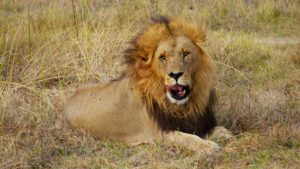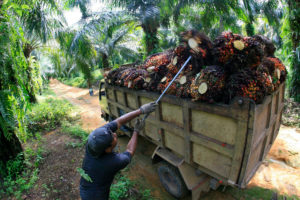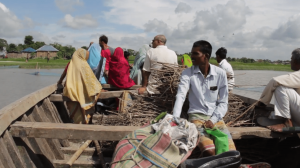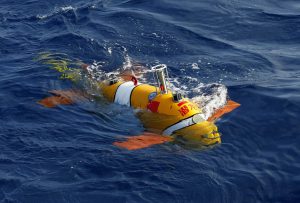The first high level conference on the illegal wildlife trade in the Americas, attended by representatives from 30 countries, issued an urgent call to treat trafficking as a serious crime.
The meeting, organised by the Peruvian government and major international organisations including the Convention on International Trade in Endangered Species of Wild Flora and Fauna (CITES) culminated in 20 Latin American nations signing the Lima Declaration, an agreement consisting of 21 measures to fight an illegal activity worth more than US$10 billion annually.
“This type of trafficking is the fourth most common in the world after drugs, weapons and people,” said Jorge Montenegro, Peru’s agriculture minister.
Environment minister Fabiola Muñoz added: “[It is] a problem that is embedded in the networks of corruption.”
Parties to the conference identified common problems from the need to link the illegal wildlife trade to organised crime, to non-existent sanctions against criminals and mechanisms enabling countries to coordinate responses. Nor is it yet fully understood how the networks that profit from this illegal business operate.
Each signatory will have to share results of their efforts at the next group meeting in Colombia in 2021.
A high-flying crime
Latin America is home to 40% of the world’s biodiversity and about 25% of endangered species, according to the Intergovernmental Platform for Biodiversity and Ecosystem Services (IPBES). Wildlife trafficking is a great threat to this. In Peru alone, 318 species are considered potential victims and 86 feature on the IUCN Red List.
Jessica Gálvez-Durand, from Peru’s National Forest and Wildlife Service (Serfor), said an average of 4,000 to 5,000 specimens are seized each year.
“Between 2000 and 2018, more than 79,000 species were detected, mostly amphibians and birds,” she said, adding that so far this year there have been 430 seizures.
However well such operations advance, illegal mechanisms to bypass government inspectors are also improving.
Yovana Murillo, health and wildlife trafficking coordinator at environmental NGO Wildlife Conservation Society (WCS), said two years ago in Peru authorities found 29 Galapagos turtles on a bus and a number of Spain-bound Andean cock-of-the-rocks at the airport.
Kurth Duchez, a WCS wildlife traffic officer, added that reports have emerged from Guatemala, Honduras and Belize of embryonated macaw eggs being sent to Asia, a form easier to transport than when they’re hatched.
We can’t fight 21st century crimes with 20th century tools.
Some countries need to impose more severe sanctions to combat this crime. Panama, for example, currently only has a maximum penalty of five years, while in Uruguay wildlife trafficking is considered a basic infraction.
“Belize took tough actions after cases of jaguar hunting appeared. A reward was offered to arrest offenders, penalties were raised and their legislation strengthened,” Duchez said.
In Guatemala, which is developing a national strategy, the need to link trafficking with other crimes like smuggling, firearms offences and customs fraud would enable more severe penalties to be applied.
Peru was one of the first countries to develop this strategy and now associates trafficking with organised crime offences.
“We work closely with the Office of the Specialised Prosecutor in Environmental Matters (FEMA) and we are close to allowing that classification,” said Alberto Gonzales-Zuñiga, director of Serfor.
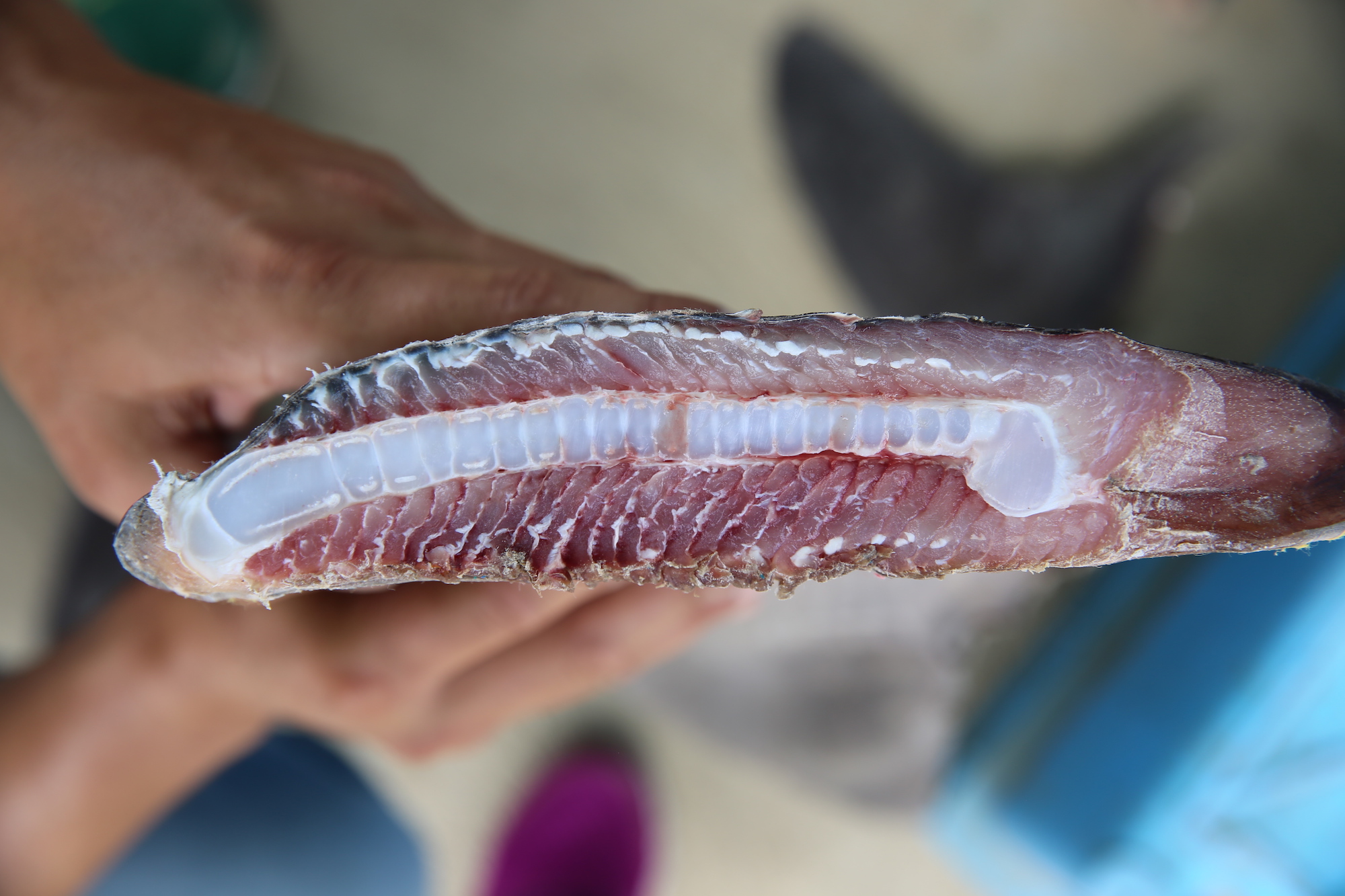
It is necessary to coordinate action against trafficking with border countries, and also with the illegal transit of natural resources.
“With the reactivation of the South American Wildlife Enforcement Network (SudWEN) there will be better communication between authorities. When we rescued the 29 Galapagos turtles, the transfer took more than nine months, a process that should be faster,” said Flor María de Vega, from Peru’s wildlife crime prosecution team.
Adrian Reuter, WCS species trafficking coordinator for Latin America, said: “It’s time for countries to review their regulations and make the necessary reforms, both in coordination and in processes like wiretapping that they can use to investigate these criminal networks.”
Gustavo Romero, a Peruvian official of the National Superintendence of Customs and Tax Administration (Sunat) agreed. The Global Container Program, created by the UN and the World Customs Organisation and which is used to detect drug shipments, is now being used to detect illegal timber trafficking. This could easily be applied to the fight against the illegal wildlife trade.
“We have a strong infrastructure for better results,” Romero said, adding that for a year they’ve used an early warning system to identify certain persons suspected of trafficking as they travel.
$6million
the estimated value of a shipment of sea horses seized last week (US$)
Peruvian authorities first saw the fruits of these efforts a week ago when they seized more than five tonnes of seahorses being transferred from an artisanal boat to an industrial vessel. The cargo was valued at US$6 million.
“It can have an economic return similar to drug trafficking,” Romero said. When traffickers become aware of port controls they simply adapt their methods since it is so lucrative, he added.
Nor is internet wildlife trafficking is not effectively controlled.
“Every month we receive 20 to 30 complaints of possible animal trafficking offenses that appear online,” said Serfor’s Gálvez-Durand.
Targeted species
The conference identified the jaguar as an emblematic species of the Americas. Its fangs, skin, bones and testicles are sold in Asia, and especially China, Li Lishu, WCS’ China specialist noted.
China has played an increasingly important role in fighting the trade in recent years and this is reflected in seizures and investigations, both in markets and the countries of origin. In the last 18 months, Chinese law enforcement has brought 580 cases for trafficking endangered species, much of which is wildlife.
However, Li said China has not yet fully recognised Latin America as a high-risk area for these crimes.
“They have begun to learn more about the danger of the jaguar thanks to the international agreement that exists to conserve it, but China’s focus continues to be on Asia and Africa for parts of elephants, tigers and rhinos,” she said.
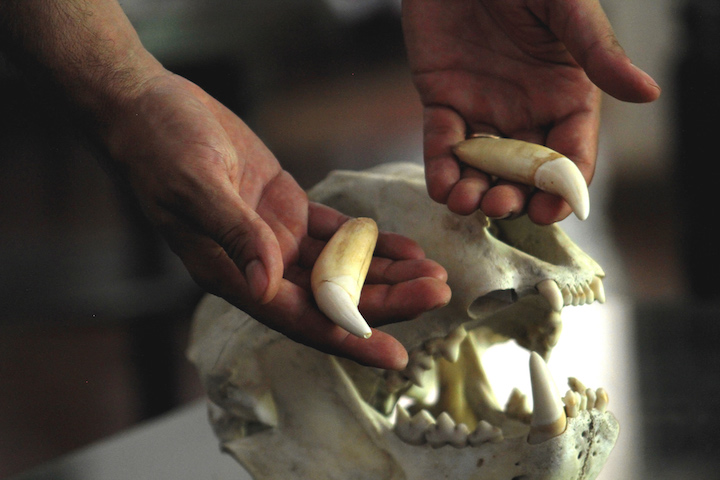
Li said that the Chinese government is open to countries’ concerns about these crimes. “The problem is the lack of knowledge on both sides about who should coordinate actions. While in Peru, wildlife functions are administered under the ministry of agriculture, in China they are under the natural resources administrator,” she said.
For a year, Li has been collecting data on endangered species that are marketed in China. She has found most adverts for green iguanas, which are sold as pets and also taken to hatcheries.
In Peru, birds and reptiles are the most trafficked, although primates, especially the yellow-tailed monkey, are the most vulnerable. Gálvez-Durand said that Bolivia and Ecuador are also nearby entry points, and that from Lima trafficked species leave for Europe, Asia and the US.
In Colombia, ornamental river fish feature highly, as well as snakes and reptiles such as the golden tegu, and birds such as macaws and parrots, according to Sonia Uribe, from Colombia’s Directorate of National Taxes and Customs (DIAN).
Duchez said that birds and reptiles such as green and black iguana, tree turtles and vipers are the most trafficked from Central American countries.
“In Honduras and Belize there is also a lot of illegal trade in the queen snail. Generally, this traffic goes to US and European markets because Asia demands large volumes,” he said.
Work to do
Communication is a problem within countries of the region and across them. The Lima Declaration aims to strengthen cooperation at border controls.
Antonio Roma, justice system coordinator of Peru’s Assistance Program against Transnational Organized Crime (Paccto), said: “Sometimes the prosecutor in [Peruvian port] Callao doesn’t know how to contact one in [northern Chilean port city] Arica. All judicial powers, the police and penitentiary institutions must be connected.”
Ivonne Higuero, general secretary of CITES, said many of those responsible for monitoring and prosecuting do not have sufficient specialised knowledge to identify species and the seriousness of their commercialisation.
Roma said: “We can’t fight 21st century crimes with 20th century tools.”
Alberto Gonzáles-Zuñiga, director of Serfor, said they will soon launch a pilot program with the regional government of Tumbes, on the northern tip of Peru, to implement cross-border actions with Ecuador.
“A case like that of the Galapagos turtles should not cross our borders again,” he said. That time, the seizure was carried out on a bus in Piura, six hours from the border.
Scientific research in most Latin American countries on the status of their species is also under-resourced.
“Developing countries still think that environmental problems can be left for later and we already know that overexploitation is the second largest threat to the species,” Higuero said.
This story is published as part of an editorial alliance between Diálogo Chino and Mongabay Latam.


